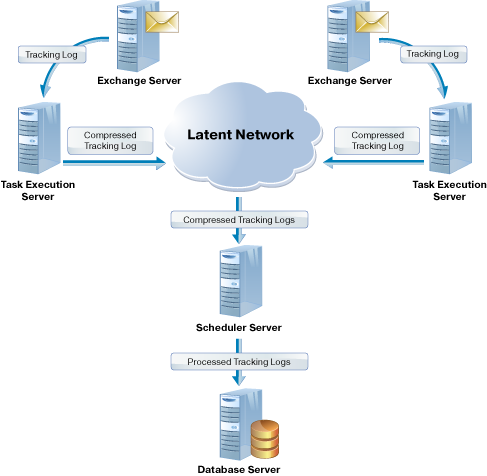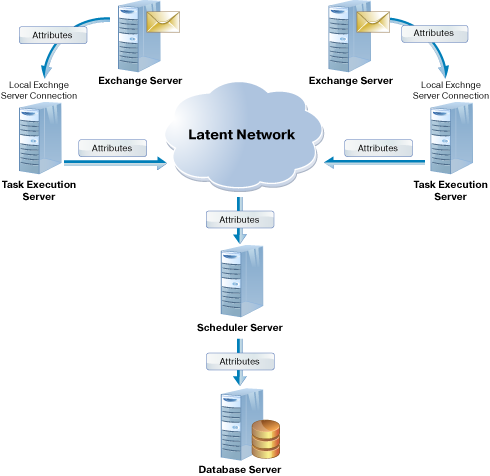Locate the MessageStats Reports Server
Determine the Tracking Log Compression Requirements
For information about configuring the MessageStats compression utility on an Exchange server, see the chapter titled "Compressing Tracking Log Files" in the MessageStats Administrator Guide.


